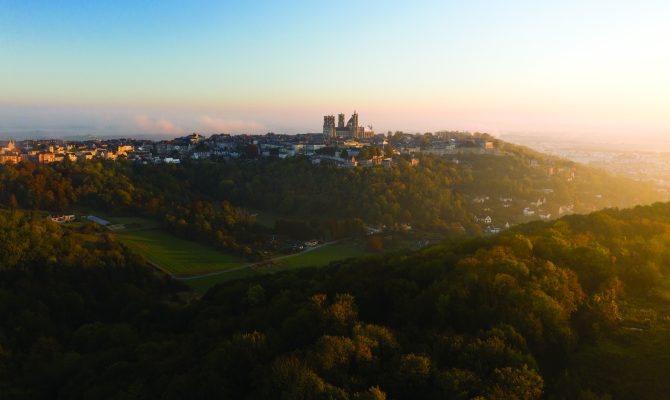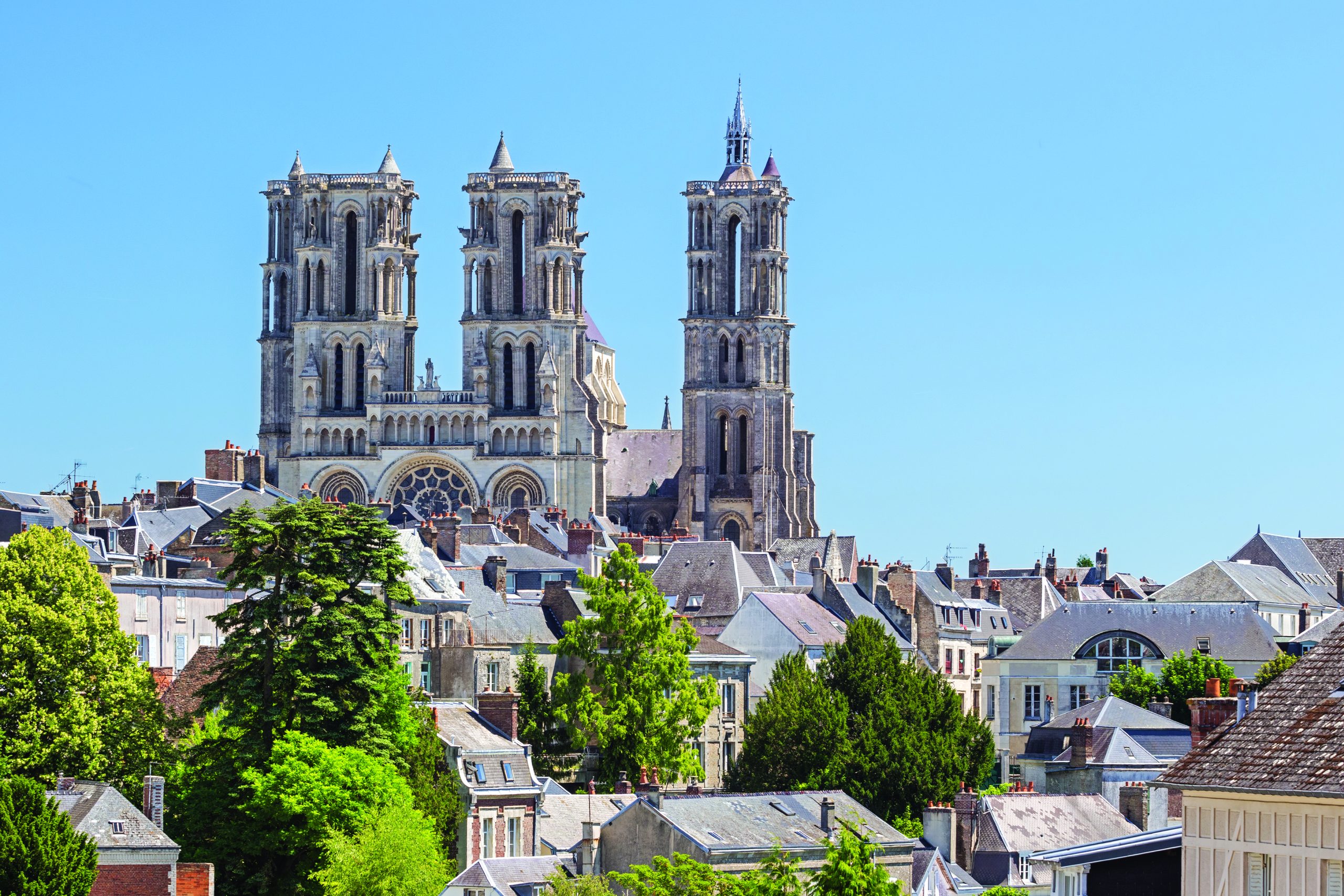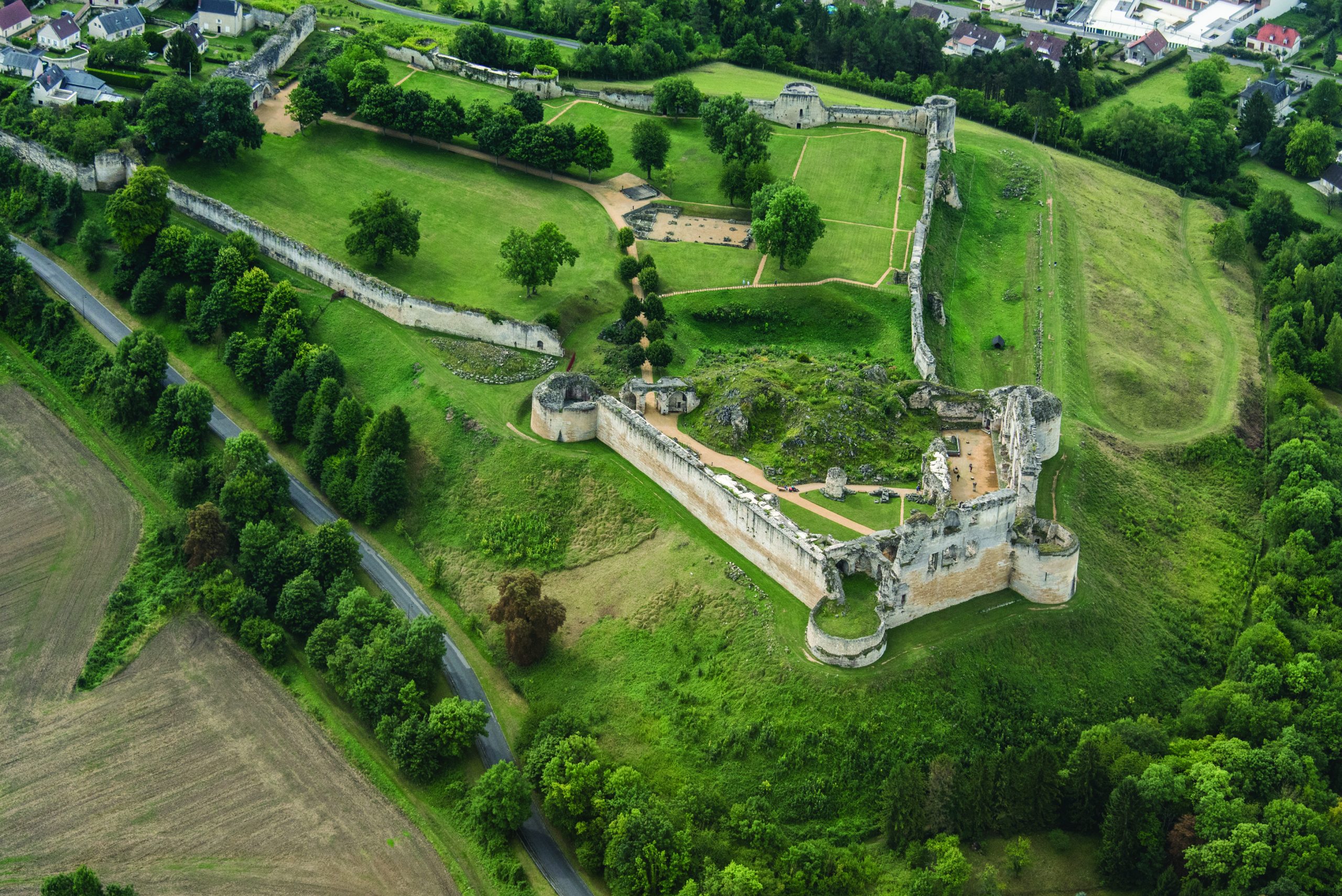Aisne: French Property Location Guide

Wide-open skies, champagne producers, affordable properties and proximity to the UK-Aisne is the perfect place to live your French dream, says Janine Marsh
Aisne is one of those departments that is rather off the beaten track, a true hidden gem. And yet it was the ancient cradle of France. Its capital Laon was once the capital of France (in the 8th to 10th centuries). The upper town is set high on a hill in an otherwise largely flat region and is known as the “Montagne Couronnée’ (the crowned mountain).
There are magnificent views from the upper town over the lower town and surrounding countryside – especially from the medieval ramparts. The 12th-century Gothic cathedral of Notre Dame is one of the oldest in France. Construction was finished in 1235, 90 years before the completion of Notre Dame in Paris. The great French writer Victor Hugo once said: “Everything is beautiful in Laon.” Almost 200 years after his visit, he would certainly recognise its cathedral and winding narrow streets of ancient buildings – a whopping 84 listed monuments – and he would surely feel the same way.
Aisne is the only place in the world where champagne is produced outside its home Champagne. In Château- Thierry, where famous French fable writer Jean de La Fontaine was born, there are 400 champagne- producing vineyards, just 40 miles from Laon and even closer to Reims, 36 miles away in neighbouring Champagne.
Founded by the Romans and a major medieval trading centre, the cultural city of St-Quentin has been invaded, conquered, besieged and finally all but destroyed during the First World War. Rebuilt in the 1920s, it’s now a major attraction for lovers of Art Deco. There are some 3,000 buildings that feature this style, of which 300 are classified as historic monuments.

The Our Lady of Laon Cathedral dominating the skyline of the city – Shutterstock
Also in the north, the “Familistère’ in the town of Guise is a fascinating place – a ‘social palace’ built to house more than 1,000 employees of the famous Godin cast-iron stove factory, which was within walking distance. Godin stoves are still made in the region and assembled at the Guise factory, just a few miles from Fresnoy-le-Grand where Le Creuset creates its iconic cast- iron cookware. Today you can visit the monumental building. which has a theatre, school and swimming pool – it’s essentially a town within a town.
There are several castles of note in Aisne including the sumptuous Château de Condé, once home to the princes of Condé. And in the town of Villers-Cotterêts, the birthplace of Alexandre Dumas, is the only royal Renaissance castle in Picardy. It was here in 1539 that King François I of France decreed that administrative and judicial departments should communicate in French instead of Latin. The castle is now a centre dedicated to the French language.
Villages dot the countryside where the main industry is agriculture, wheat, barley and beetroot, but where in summer great swathes of sunflowers create a golden glow. It’s an ideal area for cyclists, with its empty roads and an absence of hills, plus the Scandibérique. This is France’s longest cycle path, a 1,500-mile section of the EuroVelo3, which connects Trondheim in Norway to Santiago de Compostela in Spain. It runs through Aisne starting at the Thierache bocage, an area that seriously tempts you to stop for a glass of local cider or the famous maroilles cheese, a stinky northern French speciality!
With so much on offer, Aisne is an ideal place for those seeking a full-time or holiday home close to the UK and Paris, which is just 1 hour 30 minutes by train from St-Quentin.
“Aisne is a sort of forgotten place for the British,” says Tim Sage, local agent for Leggett Immobilier, “and yet it has so much to offer and is certainly popular with the French. It’s very easy to get to from Calais: straight onto the A26, known as the Autoroute des Anglais, the English Motorway, which connects Calais to Troyes in Champagne and runs through St-Quentin. The countryside is stunning, peppered with little villages like Ribemont with its quintessential French lifestyle, friendly cafés and welcoming people. Houses here tend to sell quickly because it’s so popular with the French but it’s one to watch for British homebuyers too, with affordable properties, close to Paris, bordering Champagne, and with great rail and road networks.”
One of the main reasons to come to Aisne is to visit the Chemin des Dames First World War battlefields 20 miles south of Laon. The steep ridge, named after the royal coach road Louis XV had built for his daughters, saw fierce fighting and the tragic loss of thousands of lives.
It’s now a tranquil area with a visitor centre and many monuments including a Memorial to the International Rugbymen who died in the war. This was erected partly due to the input of John Dennison, originally from Kent who now lives and works in Laon where he runs a company called Francourt Events (francourt.org)
A former top rugby match official, John’s knowledge and love of history helped him make up his mind that Aisne was the place for him. “We’d holidayed here several times as a family and loved the glorious countryside and the history and culture,” he says. “We bought a house in the upper town as a holiday home in 2005, because it’s so easy to get to from the UK and less than two hours from Calais.”
But when John was made redundant from his job as a transport manager for a delivery company on Christmas Day in 2014 (swiftly followed by a heart attack), it was the catalyst for a life-changing decision. When the heart consultant who was treating him asked what he would do when he was sent home mended, he didn’t hesitate. “I’ve got a passport, a house in France and I’m going to make the most of my life,” he said.
“Laon is such a friendly place, my neighbours are lovely. It didn’t take long until someone asked me if I knew an English team that fancied a game of rugby in France. That changed everything for me and led me to set up my company, focused on sports, education and remembrance events for young people.
“It’s beautiful year-round here, the landscape changes with the seasons, it’s a very open space-big-sky country’ I call it. We love to explore the geography and history of the area and just soak it up. The fortified churches in the direction of Vervins and Marle, and the cathedrals of Laon and Soissons demonstrate the important history of the region. And not far from Soissons, is champagne-producing town Château-Thierry, plus this spot is close enough to the UK for family visits, business travel and is less than two hours from Paris.
“We live the quintessential French lifestyle, enjoying markets and cafes. We’ve got lots of French friends. Life is more sociable, it’s about going out and having meals. Contributing and integrating into local life is very important. We’ve started to see more British people moving here. It’s a good balance of the French lifestyle with all the benefits of maintaining UK connections.”

Aerial view of the ruins of the medieval castle of Coucy in the department of Aisne in France – Shutterstock
Alexa Colin d’Hiver of Sextant Properties says: “Aisne is referred to as the most affordable department in the Hauts- de-France region with the average price for a house being €174,230 (and average price for an apartment €92,600). It’s a sought-after destination for property buyers with smaller budgets. As such, the region is popular with first-time buyers and also with large families who want a bigger home with sufficient outside space. Due to its proximity to Paris, we have seen more buyer enquiries from city dwellers who are looking to relocate, especially after the pandemic.
“Aisne made headlines in 2019 when it was announced that 40 municipalities here would offer first-time buyers €5,000 if they purchased a property. The initiative has breathed a new lease of life into sparsely populated areas and boosted buyer interest in Aisne’s old buildings.
“You’ll find a wide variety of properties ranging from townhouses and apartments, to larger family homes with private grounds in Aisne. Typically, bigger communes such as St-Quentin and Soissons boast a larger selection of apartments, while smaller towns such as St-Michel or La Fere offer townhouses, as well as estates and farmhouses. As one of the most populated communes, Soissons’ property market naturally sees higher market activity and buyer interest. In recent years, the number of residents there has grown, which contributes to its vibrant community.”
That’s a sentiment John agrees with: “The vibrant community is part of what we love so much about living in Laon. So much so that earlier plans to move further south for the sun have been cancelled!”
Though Aisne isn’t at the top of the list for moving to France from the UK, it’s absolutely worth considering if you’re after a laidback lifestyle, countryside or town life, great transport links with the UK and Paris and properties at affordable prices.
The unique mix of legal, financial and tax advice along with in-depth location guides, inspiring real life stories, the best properties on the market, entertaining regular pages and the latest property news and market reports makes French Property News magazine a must-buy publication for anyone serious about buying and owning a property in France.
Share to: Facebook Twitter LinkedIn Email
By Janine Marsh
Leave a reply
Your email address will not be published. Required fields are marked *




